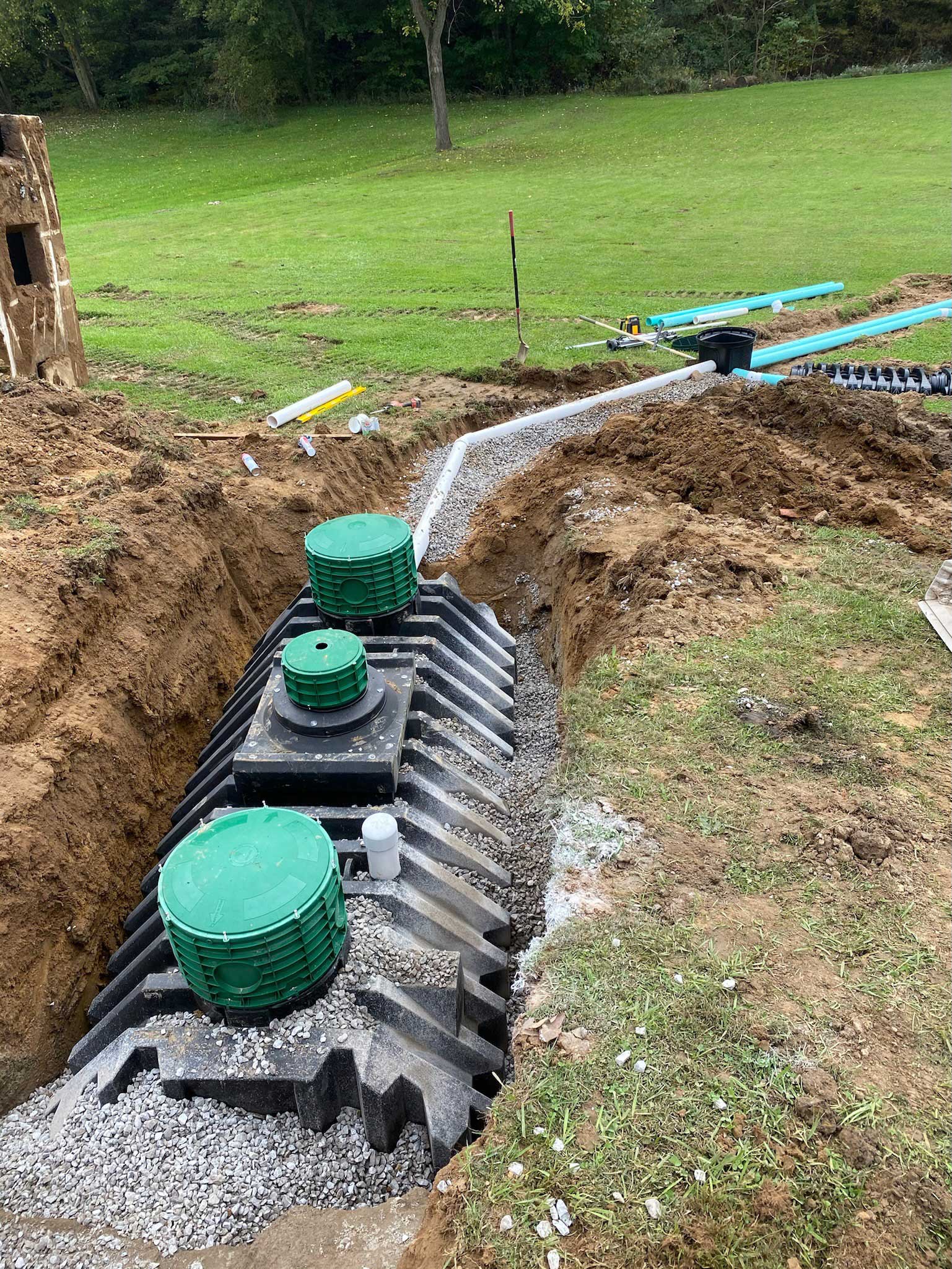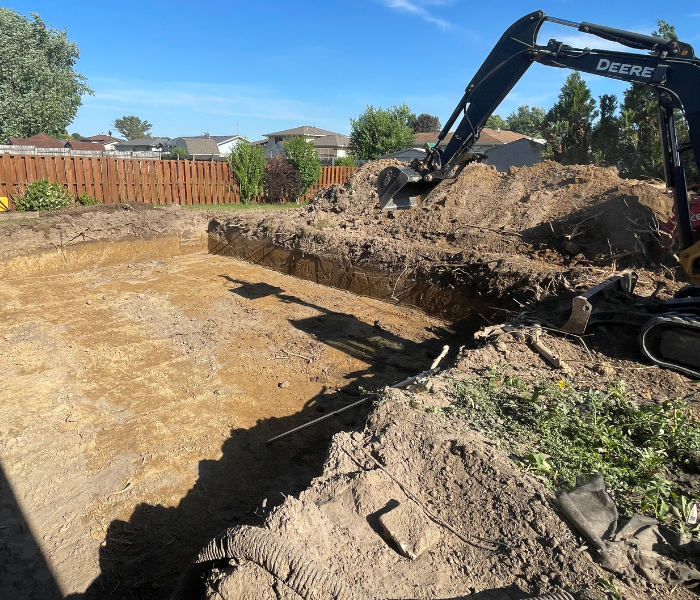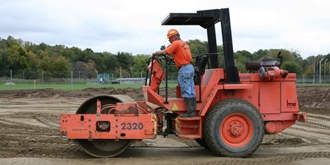Extensive Exploration: The Science Behind Superior Excavation Practices
From ancient hand tools to contemporary hydraulic excavators, the advancement of excavation techniques has actually been a testament to human ingenuity and technical developments. What genuinely establishes premium excavation practices apart is a deep understanding of geological concepts, paired with the usage of sophisticated devices and techniques.
Advancement of Excavation Techniques
Throughout background, the evolution of excavation techniques has played an important duty ahead of time building methods and historical explorations. From the basic devices used by our forefathers to the innovative equipment employed in modern-day times, the progression of excavation approaches has actually substantially transformed exactly how we approach different projects.
In old times, manual work with fundamental tools such as pickaxes, shovels, and wheelbarrows was the primary method of excavation. This labor-intensive procedure restricted the deepness and range of excavations, frequently causing slow-moving progress and restricted access to particular websites. As worlds advanced, so did the methods and devices utilized for excavation.
The Industrial Change noted a turning factor in excavation experiment the intro of steam-powered equipment. This technology revolutionized the area, enabling faster and extra comprehensive excavations. In modern times, technology plays a critical function in excavation, with improvements like general practitioner systems, drones, and 3D scanning boosting precision and effectiveness in the area. The development of excavation techniques proceeds to shape the means we develop, discover, and understand the world around us.
Function of Innovation in Excavation

The combination of cutting-edge modern technology has actually basically revolutionized the area of excavation, improving precision and efficiency to extraordinary degrees - septic ohio. One of the key technical advancements that has actually significantly affected excavation techniques is the utilization of General practitioner systems.
Additionally, the development of 3D modeling and simulation software program has streamlined the preparation process for excavation jobs. Operators and designers can currently visualize the whole excavation procedure before damaging ground, recognizing potential difficulties and enhancing process. Combined with this, the execution of drones in excavation activities has assisted in aerial surveys, volumetric measurements, and site assessments with unparalleled rate and accuracy.
Geological Principles in Excavation
An understanding of geological principles is necessary for making certain the architectural integrity and stability of excavation sites. Geological elements play a vital duty in determining the feasibility and safety of excavation projects (lancaster trenching). One crucial geological concept to take into consideration is the kind of soil or rock present at the site. Various dirt kinds, such as sand, clay, or gravel, have varying levels of security and call for various excavation strategies. Cohesive dirts like clay might need extra support to protect against collapses, while sandy dirts might be susceptible to erosion throughout excavation.
By performing extensive geological surveys and evaluation, engineers and excavators can establish approaches to minimize threats her response and guarantee the effective completion of excavation tasks. Eventually, including geological principles right into excavation practices is vital for achieving risk-free, effective, and lasting results.

Newest Tools for Excavation
In the realm of excavation methods, modern technologies in devices have actually reinvented the performance and accuracy of excavation processes. Among the current tools making waves in the sector is making use of drones outfitted with innovative imaging modern technology. These drones can give in-depth airborne studies of excavation websites, offering real-time information on topography and possible dangers. This details aids in much better planning and decision-making during the excavation procedure.
An additional cutting-edge tool gaining appeal is the application of 3D printing technology for developing customized excavation equipment. This enables the production of specialized devices that are tailored to the specific needs of a project, enhancing efficiency and reducing downtime.
In addition, improvements in materials science have actually resulted in the growth of stronger and extra long lasting excavation devices. excavating ohio. Tungsten carbide-tipped excavator add-ons, as an example, offer premium performance in tough ground conditions, enhancing performance on-site
Science's Impact on Excavation Practices

In addition, developments in materials scientific research have caused the production of stronger, extra long lasting excavation devices and tools. The usage of composite products in miners and shovels has improved their efficiency and durability, inevitably increasing productivity on excavation websites. In addition, scientific research on dirt technicians and geotechnical engineering has offered beneficial understandings right into dirt behavior, enabling excavation professionals to make educated choices pertaining to excavation methods and soil stabilization strategies. In general, science remains to drive development and improvement in excavation practices, official source making excavation projects extra reliable, affordable, and sustainable.

Conclusion
Finally, the evolution of excavation strategies has actually been greatly affected by improvements in modern technology and a deeper understanding of geological concepts. The most recent devices and tools used in excavation have actually enhanced performance and accuracy in the field. The application of clinical expertise has actually dramatically boosted excavation practices, causing much more efficient and lasting techniques for excavating various kinds of products.
In the realm of excavation methods, modern advancements in devices have revolutionized the effectiveness and precision of excavation procedures. By leveraging scientific concepts, the excavation industry has been able to substantially enhance efficiency, accuracy, and safety and security in excavation procedures. GPR allows excavation groups to non-invasively scan and map subsurface frameworks, utilities, and potential hazards, enabling them to prepare excavation projects with better precision and decreased danger of mishaps.
Furthermore, clinical research on dirt mechanics and geotechnical engineering has actually given useful insights into soil actions, allowing excavation professionals to make informed choices regarding excavation approaches and dirt stablizing methods. Generally, scientific research continues to drive innovation and renovation in excavation methods, making excavation tasks a lot more reliable, cost-effective, and lasting.